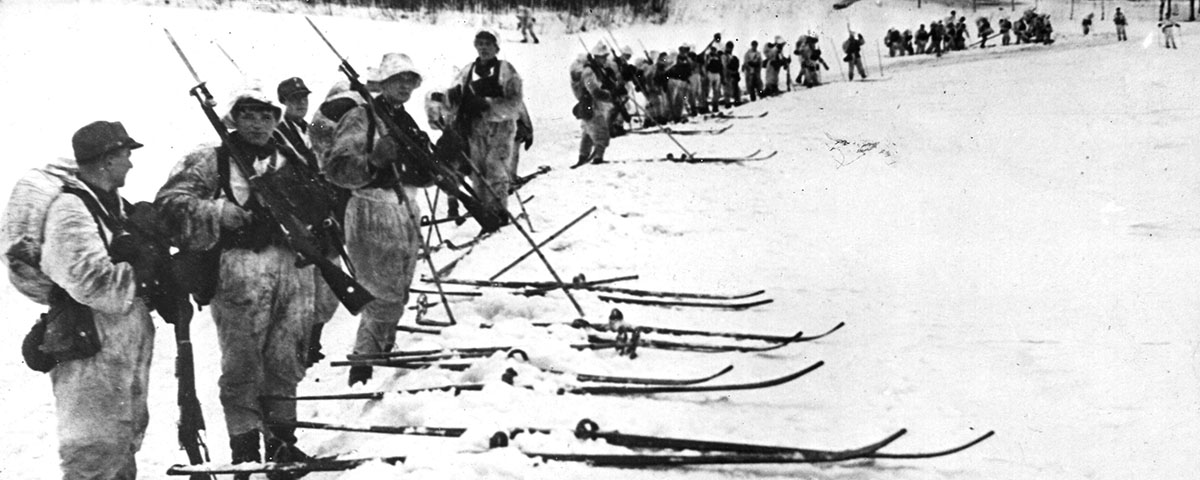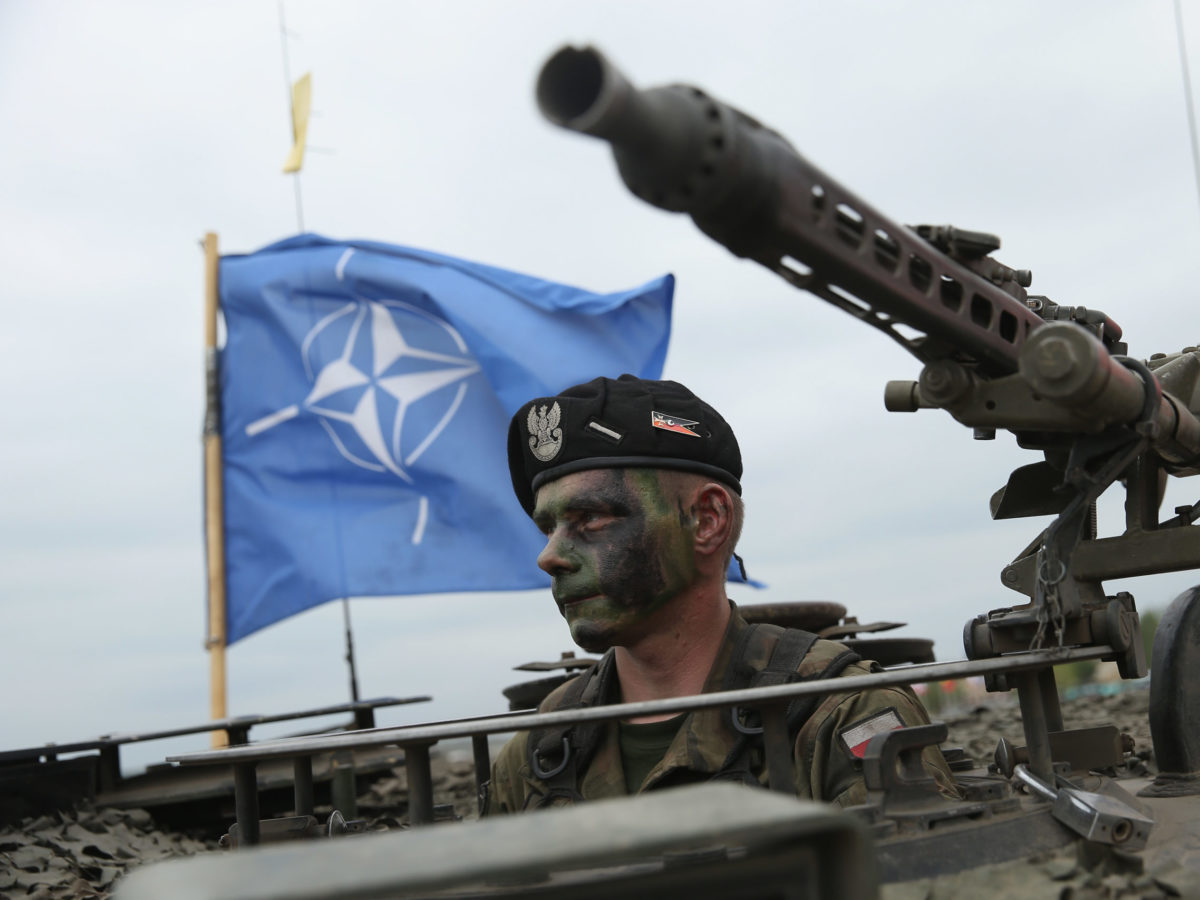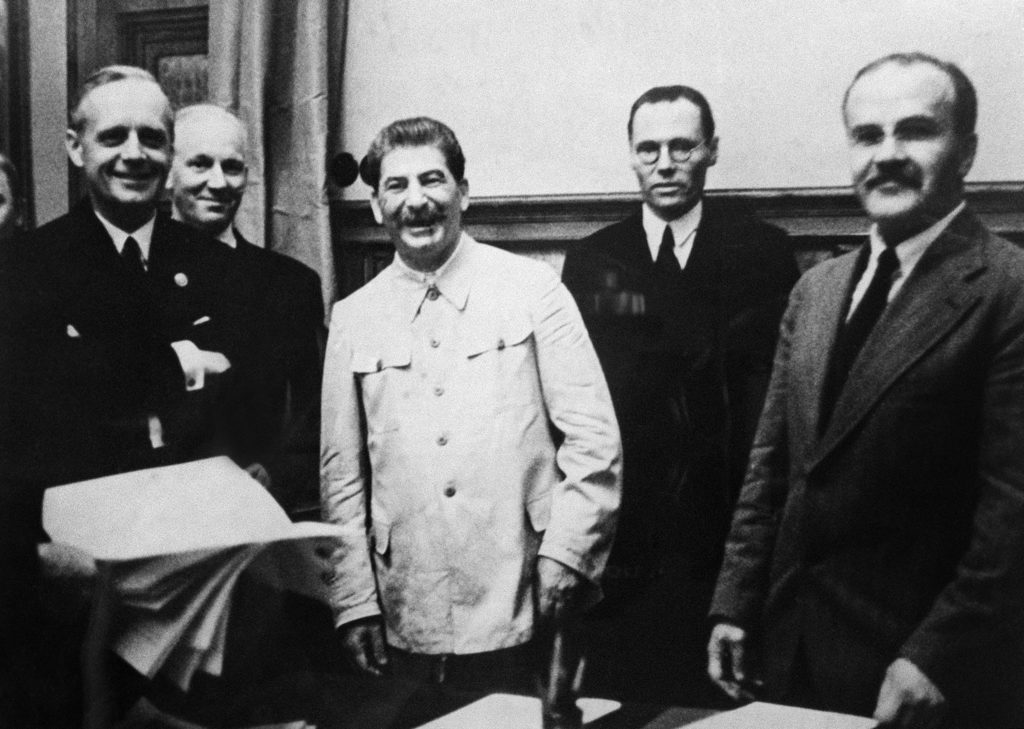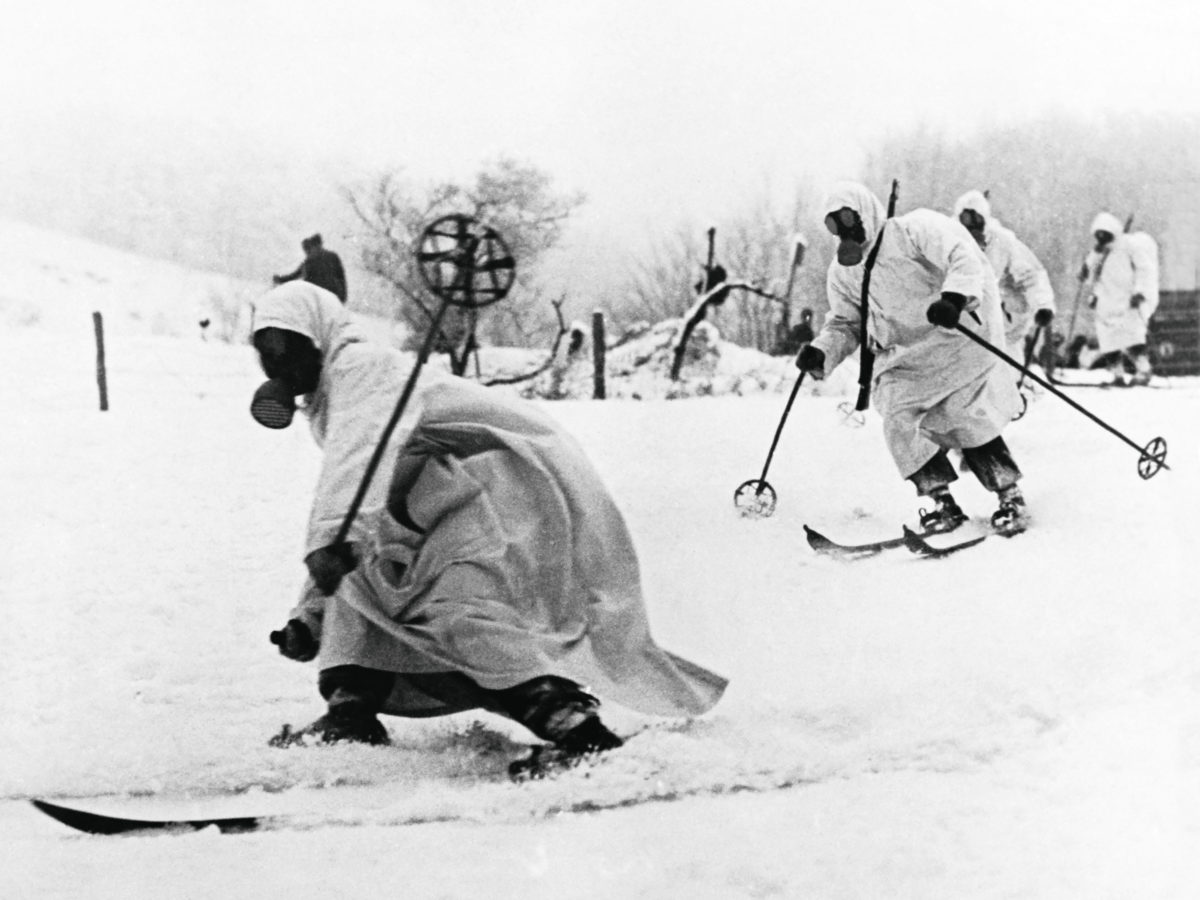When attempting to summarize the 1939 conflict between the Soviet Union and its small Nordic neighbor, Finland, the old proverb stating that “big things come in small packages” seems to serve exceptionally well. How else can you explain a diminutive army with only 32 tanks and barely 100 airplanes repelling the invasion of a military more than four times its size equipped with thousands of tanks and aircraft? The Winter War, as it became known, would indeed go down in history as one of the most mesmerizing modern-day models of the David and Goliath narrative.
Meet the White Death
No soldier’s experience better serves as a microcosm of the war than that of Simo “Simuna” Häyhä. Growing up near the eastern border of Finland, Häyhä was not oblivious to the tension that existed between Finns and Soviets. Like many of his compatriots, however, he chose to spend his time making the most of the benefits his nationality afforded him. A farmer, hunter, and competition shooter, Häyhä only found himself drawn into war in order to protect his home, identity, and way of life, much like Finland itself.
Recommended for you
At 5’3″, perhaps Häyhä himself best epitomized the idea of a “small package.” Even his M/28-30 rifle was undersized, a shortened variant of the old Soviet Mosin-Nagant design. It’s no wonder, then, that the Red Army never saw him coming, eventually suffering extensive losses at his hands. Häyhä inflicted those losses in a stunningly short period of time (less than four months), and without the aid of telescopic sights, preferring his reliable and inconspicuous iron sights. By the end of his active service, Häyhä had accounted for 505 confirmed kills (the most in military history) and been infamously dubbed “White Death” by members of the Soviet armed forces.
Häyhä’s unconventional tactics (such as filling his mouth with snow in order to mask the steam from his breath) were necessitated by the harsh Nordic winter climate, and were instrumental in his success, much as were those of the Finnish military as a whole. One such tactic involved cordoning off groups of Soviet soldiers in what Finns called a motti and attacking them from all sides. This was executed to perfection in the Battle of Raate Road, where the loss of 400 Finnish infantry paled in comparison to the 9,000 casualties suffered by the Soviets.
Indeed, it’s difficult to settle on which is the more impressive feat: that one man could kill 500 enemies, or that such an underequipped, lightly trained army could hold their ground against such a seemingly superior aggressor. The division between these two separate but intertwined stories of sisu (a Finnish word which roughly translates as “guts” or “fighting spirit”) became virtually indistinguishable at the Battle of Kollaa, which took place in Ladoga Karelia and lasted until the end of the war.
GET HISTORY’S GREATEST TALES—RIGHT IN YOUR INBOX
Subscribe to our HistoryNet Now! newsletter for the best of the past, delivered every Monday and Thursday.
The Battle of Kollaa
It was here that a single division of Finnish soldiers found themselves defending a hill against a Soviet force more than four times as large. The front lines of Kollaa were also where Häyhä recorded a significant number of his sniper kills — as well as many more unconfirmed kills with various other weapons — as the Red Army closed in.
The fighting at Kollaa persisted until March 13, 1940, when Finns and Soviets agreed to the terms of the Moscow Peace Treaty. For Häyhä, the end of the war came just one week earlier, when he was struck in the face by an incendiary round. To have escaped that battlefield with his life was a near-miracle, much like the one carried out by the Finnish army against the Soviet Union. We all know that victory, however, must come with a price. Both Finland and her native son Häyhä had survived the war, but both were left permanently scarred; Finland, by the loss of many brave soldiers, and Häyhä, by the disfigurement of his face.
The Winter War lasted only 15 weeks, but proved to be much bigger than the sum of its parts. It became a lodestar in the creation of a national identity, as well as definitive proof that Finland was more than capable of managing its own independence. It also had far-reaching implications in the drama of World War II, as the successful defense of Finland almost certainly influenced Hitler‘s view of Soviet military capabilities, as well as his valuation of the Nordic lands for their strategic advantages in the way of climate and topography.
Nothing would ever be quite the same for Finland, or for Häyhä. For his part, though, the feared “White Death” was happy to return to his quiet life of hunting, farming and, of course, sharpshooting.
historynet magazines
Our 9 best-selling history titles feature in-depth storytelling and iconic imagery to engage and inform on the people, the wars, and the events that shaped America and the world.









